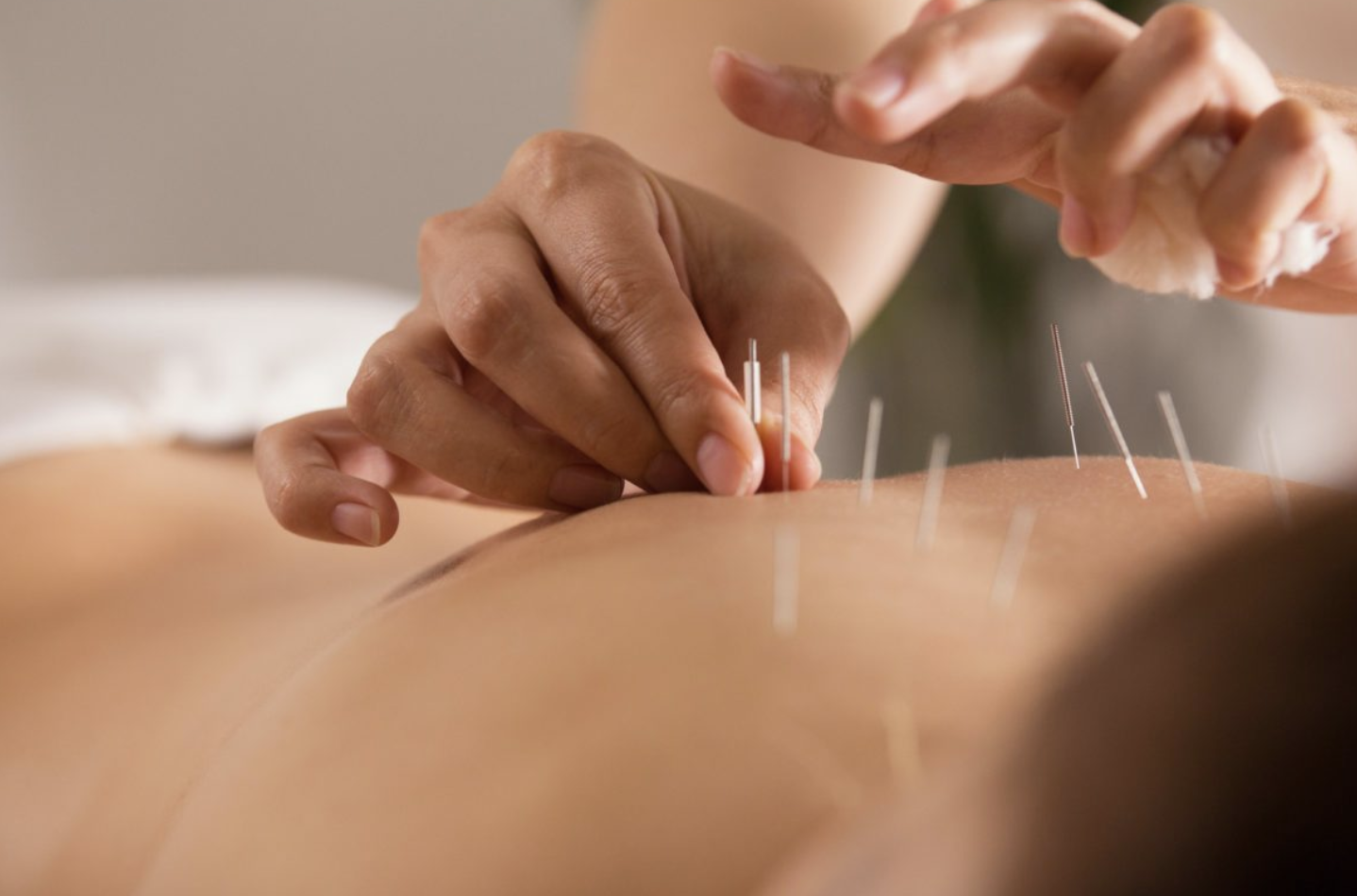Acupuncture for Back Pain
Back pain is a very common issue. In fact, 8 out of 10 people will complain of back pain at least once in their lifetime.
Unfortunately, back pain can quickly become a chronic condition if left untreated, impacting on your daily lives. The hope that the pain will pass is usually mis-founded.
Everyone’s back pain is different, and therefore a tailored back pain physiotherapy plan is key in order to solve the root of the problem.
One method that is proving more and more popular for relieving painful symptoms as part of an overall treatment plan is acupuncture. Acupuncture for back pain is a proven treatment methodology, backed up with substantial clinical and research evidence.
How Acupuncture can help Back Pain
Over 2500 years ago, the Chinese started using acupuncture as a form of pain relief.
Acupuncture basically involves inserting needles into certain areas of the body. These points are connected by, so called meridians, which are pathways through the body that create the flow of the body’s energy, known as Qi (“chee”). By stimulating these points, you can correct the imbalances in your body and improve the flow of energy.
Over the years, acupuncture has also become more and more used in Western society. Chinese acupuncture theories remain clearly present but have been developed into what is commonly referred to as Medical Acupuncture.
Medical acupuncture involves finding painful trigger points in your body and using the fine needles to stimulate them. By stimulating these areas of the body, this triggers the release of chemicals into the muscles, creating an alteration of pain and allowing a sense of well-being to be restored.
What is involved?
The needles are inserted either at the site of the pain, away from the pain or a combination of both.
Treatment time with acupuncture can vary depending on the type of pain and tolerance of the patient; for example from just a few minutes to up to 30 minutes.
After the needle is inserted, your physiotherapist with gently stimulate the needles by rotating them and making an in and out movement, to increase the effectiveness of the treatment.
Benefits of Acupuncture for Back Pain
- Pain relief
- Muscle
- Joint
- Headaches
- Nerve
- Dental
- Improves sleeping quality
- Aids with stress relief
- Promotes a general wellbeing
- Assists with decreasing inflammation
How many acupuncture sessions should I have if I suffer from Back Pain?
Everybody is different so this will depend on you, your Physiotherapist, your condition and how you respond to initial treatment.
Sessions should not usually exceed 2 times a week.
Contraindications of Acupuncture for Back Pain
Unfortunately Acupuncture is not for everybody and some of the following conditions may prevent you from being eligible for treatment or may mean the Physiotherapist should proceed with caution:
- If you have ever experienced a fit, seizure, faint or if you have epilepsy;
- If you have a pacemaker or any other electrical implant;
- If you have a bleeding disorder e.g. haemophilia;
- If you are taking anti-coagulants or any other medication;
- If you have damage to heart valves, or have any risk of active infections;
- If you are pregnant or trying to conceive;
- If you have a known metal allergy – specifically to stainless steel;
- If you have a needle phobia;
- If you have a known infection or poor skin condition in the area to be treated;
- If you have a deficient or weakened immune system;
- If you have diabetes;
- If you have low blood pressure;
- If you have been prescribed any medicine;
- If you have cold/flu symptoms or feel generally unwell.
How long until you see improvements?
Again, this will vary from person to person.
Some people feel the benefits right after the session, while for others it will be a more gradual process and may take a couple more sessions before you feel any real improvement.
Acupuncture safety and side effects
Acupuncture is very safe if performed by those who have been trained in it, such as registered physiotherapists.
However, some side effects may be present after a treatment session. Such as:
- Pain at insertion of needle
- Slight bleeding or bruising when removing the needle
- Drowsiness
- Nausea
- Dizziness
- Dehydration




